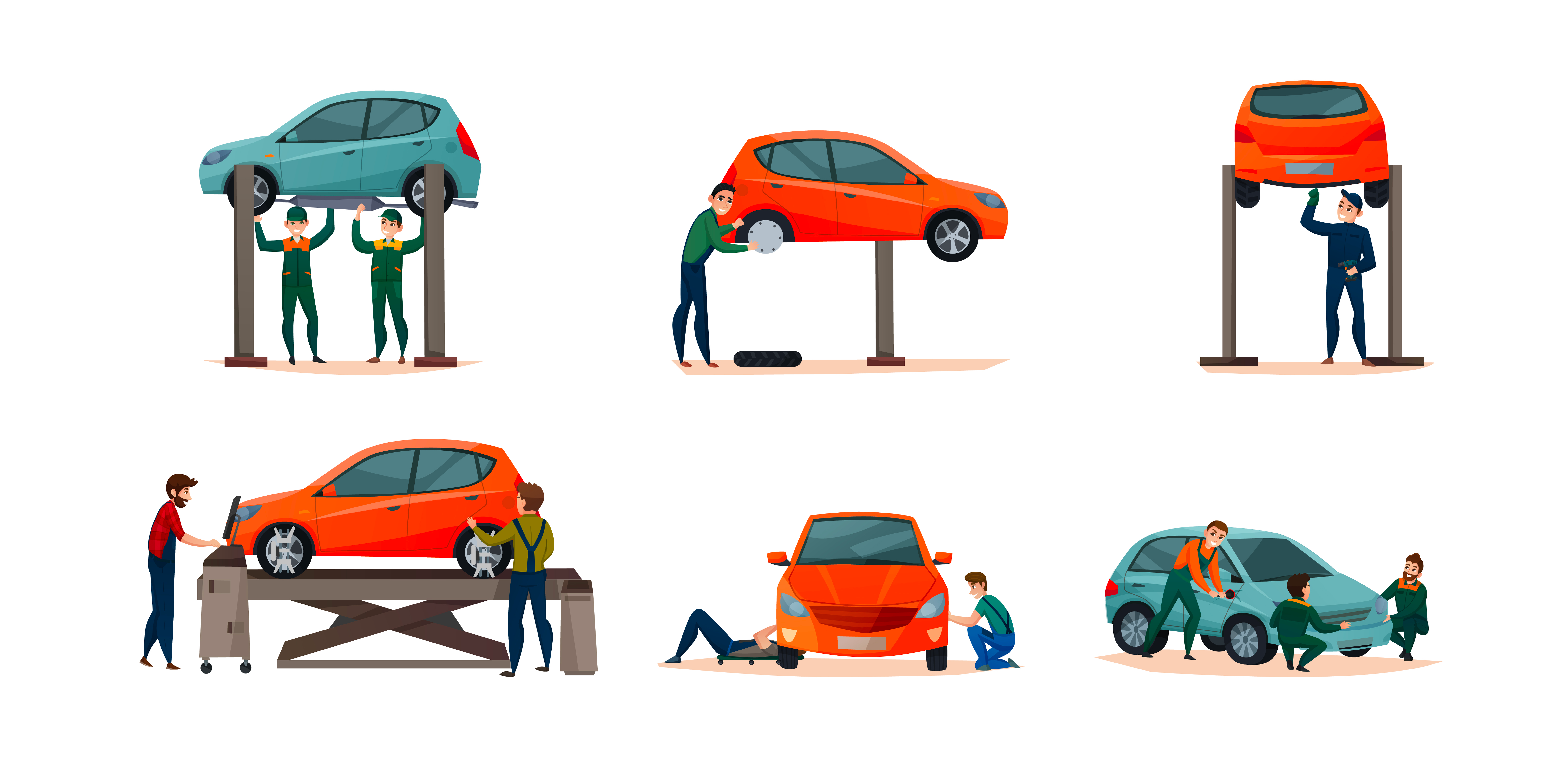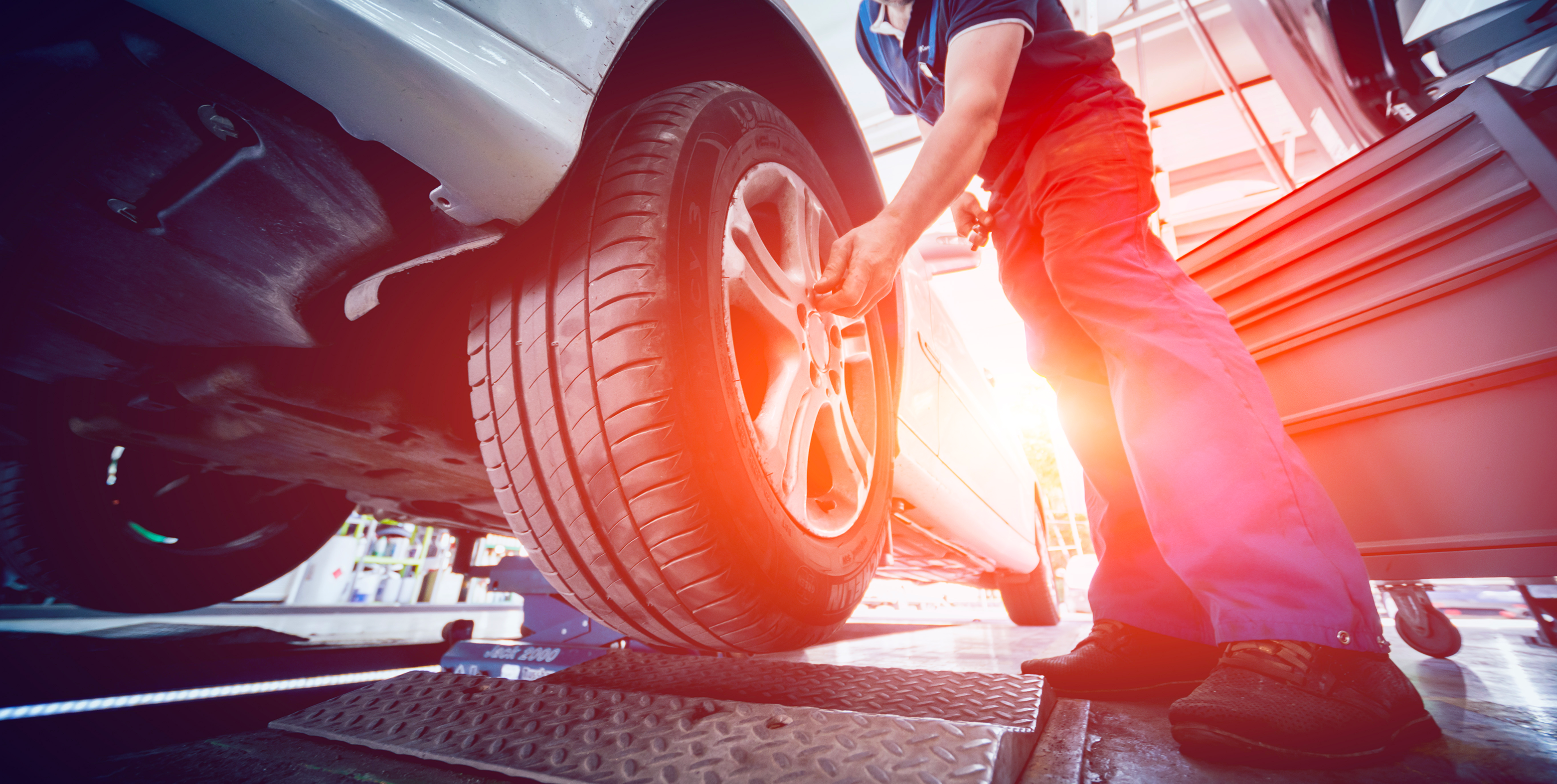
Not so sure !
A customer that you served comes back a few hours after he was served by you and says to you with a frustrated look on his face; ''You misbalanced my tires. I feel a vibration when I drive".
This has certainly happened at every tire service center before. When this happens, you have to consider that the customer is standing in front of you, unhappy, and wants the service center to fix the problem right away. Of course, you make room for them immediately because you don't want to alarm other customers waiting and you want to fix the problem first and foremost.
But what's the problem?
Often we take it for granted that the technician who did the mounting and balancing of the tires and wheels did not do his job properly. Yet he tells you that when he did the steps all went well and the assemblies seemed perfectly balanced. So we undo the tires and redo the procedure or at least you recheck the balancing results. After doing the job again, everything looks good. We put the wheels and tires back on the vehicle and take a walk to test the ride comfort. Unfortunately, there is still some vibration.
But what's the problem? You've done everything right. What else can you do?
Have you checked the nuts or bolts?
In most cases, that's where the problem lies. Choosing or replacing bolts is the most overlooked thing at service centers. As a specialist, it is your duty to verify that the bolts with which you install the wheels are perfectly compatible with the vehicle and especially with the wheels.
The best example is when you remove wheels on a vehicle model that originally used ball seat bolts. You sell them steel or aluminum winter wheels and reuse the bolts that were on the vehicle. Unless you sold them OEM type wheels with a ball nut seat, the wheels are often with a cone seat / taper.
The wheel seat and the ball nut will not fit together perfectly and the assembly will not be perfect. No matter how much time and precision you put into mounting and balancing, if the technician reinstalls the original bolts on a wheel that is not, you will not get good results.
The reasons are often that the customer simply doesn't want to pay for new bolts, or the technician hasn't talked to the customer because he's afraid the customer will change his mind and decide not to buy the wheels he offered. The other reason, which is often the real reason, is that the shop doesn't have the nuts or bolts in stock and it would take too long to order them or go and get them from a specialized distributor. You don't believe me? That's what happens regularly. I can tell you that in my 38 year career in the wheel business, there are at least 85% of the cases where I have been on site to check if the problem was either wheels or tires, and the problem was found to be installation or incompatible nuts or bolts.
The causes of vibration mentioned below, are the most common:
Wrong nuts or bolts for new wheels.
Improper mounting on vehicles when the center of the wheels is oversized (Multi-Application Wheel).
Core machined wheels (open wheels) that are balanced by the center but centered on the vehicle by the bolts.
Little advice :
In order to avoid the majority of these problems that take time, take away a lot of your profits and affect your credibility, be honest with your customers and let them know if they need to change the nuts or bolts on their vehicle. This will save you time, money, and your customer may be much happier.
So in conclusion, make sure that the hardware used to install your customer's wheel and tire assemblies is the right one.
That's what being a real specialist is all about!
Spherical Bolt Conical Nut Spherical Nut Conical Nut Bolt



